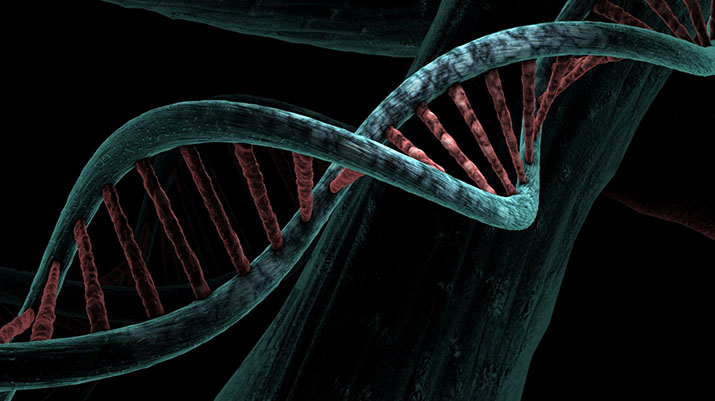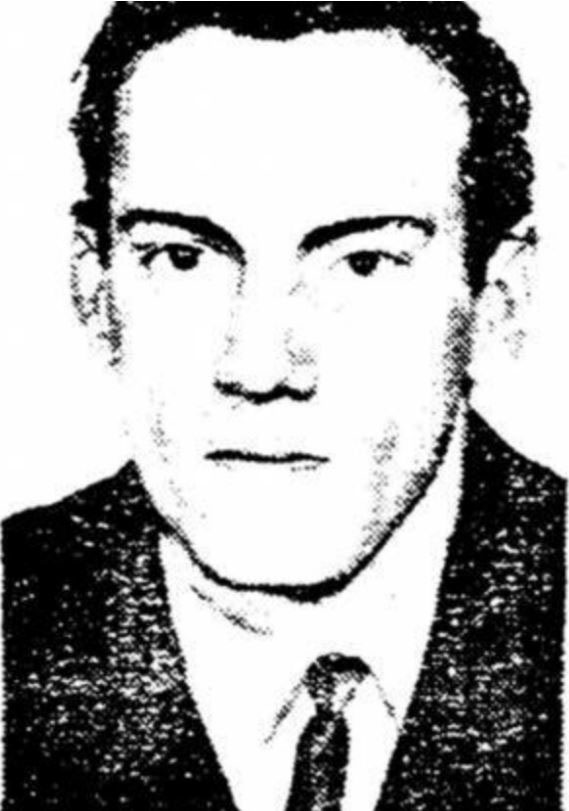BCA uses family DNA to identify victims in cold cases, bring answers to loved ones
Jan. 19, 2023
 On March 13, 1981, a highway worker found skeletal remains of a man near a culvert along Interstate 90 in Rock County, Minn. Despite an exhaustive investigation, the man's identity remained a mystery.
On March 13, 1981, a highway worker found skeletal remains of a man near a culvert along Interstate 90 in Rock County, Minn. Despite an exhaustive investigation, the man's identity remained a mystery.
That is until last year, when forensic investigative genetic genealogy and DNA led investigators, scientists and researchers working together to identify him as Louis Anthony Gattaino of Omaha, Neb. Gattaino went missing in October 1971. He was 25 at the time.
 This past August, researchers from the DNA Doe Project working with the Ramsey County Medical Examiner identified a likely genetic connection between the remains found in Rock County and Gattaino's family. Our Bureau of Criminal Apprehension (BCA) agents and Rock County investigators travelled to Omaha to collect DNA samples from several family members. Using that information, our forensic scientists confirmed a match to the Rock County unidentified remains and provided Gattaino's family with some answers to a 50-year-old mystery.
This past August, researchers from the DNA Doe Project working with the Ramsey County Medical Examiner identified a likely genetic connection between the remains found in Rock County and Gattaino's family. Our Bureau of Criminal Apprehension (BCA) agents and Rock County investigators travelled to Omaha to collect DNA samples from several family members. Using that information, our forensic scientists confirmed a match to the Rock County unidentified remains and provided Gattaino's family with some answers to a 50-year-old mystery.
Unfortunately, there are many unidentified persons' remains at medical examiners' offices across Minnesota just waiting for the information they need to be identified. Tragically, there will be more people found deceased in the future as well. Identifying them as quickly as possible is important for their families and can greatly aid death investigations.
Perhaps most importantly, it returns the dignity of a name to the deceased person.
DNA provides crucial information when it comes to identifying remains. Unfortunately, we don't have DNA for every missing person.
Often when a person who has lost frequent touch with family goes missing a police report is never filed; it is no one's fault, these things can happen when families drift apart. There are also families who have filed missing person reports but have not provided a family DNA sample to compare with new, long-term or yet to be located unidentified remains. These are both critical steps in locating individuals and in identifying unidentified remains.
Previously, providing a DNA sample required taking a blood sample, but now family DNA is obtained by rubbing the inside of a family member's cheek with a cotton swab. It takes about a minute to complete and can be taken care of with a little advance notice at any law enforcement agency or BCA facility.
That information is compared to all unidentified human remains in the FBI's National Missing Person DNA Database. If there isn't a match, some Minnesota agencies have used forensic investigative genetic genealogy to aid their investigation. This involves using a different kind of DNA testing and searching publicly available DNA information in genealogy databases, which is the process that was used to help identify Gattaino. Authorities continue to investigate to determine how he died.
The remains of 42 people found over the years in Minnesota are still unidentified. There are also 122 people who are considered long-term missing persons, missing since before the advent of DNA testing. It is entirely possible that some of the long-term missing people are among the 42 unidentified remains, but we need information and DNA from their family members to find out.
Families can start the process by filing a missing person report with their local law enforcement agency if one has not already been filed. Contact your local law enforcement agency to request to provide a DNA sample, or you can reach out to the BCA at 651-793-7000.

